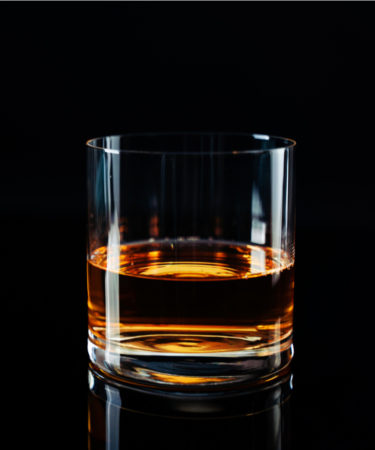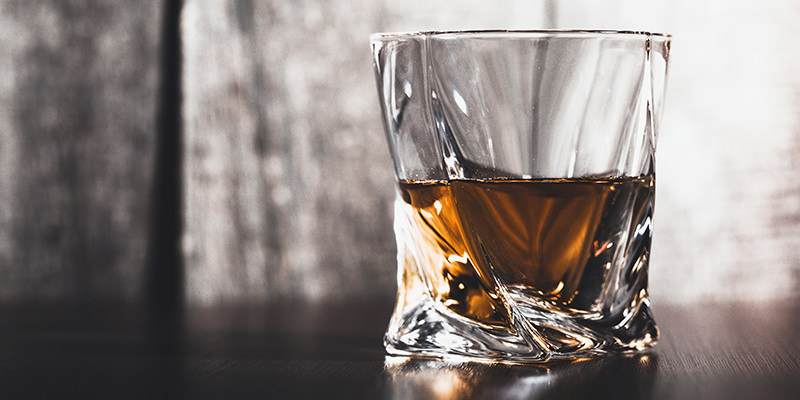Bourbon was not my entrée into the world of spirits, but it has increasingly become my drink of choice. In fact I was a single malt enthusiast and a wine collector long before I had my first bourbon. Like many others, I have a great history with single malts, and I’ve spent the better part of my adulthood in a close relationship with my collection of Islay and Speysides.
I remember the first time I tasted bourbon. Someone had given me a bottle of Rowan’s Creek, medium-priced and extremely approachable bourbon. I was visiting the home of some friends, and when I brought out the Rowan’s Creek there were some sneers around the table (there often tends to be a serious amount of snobbism around one’s alcohol preferences.) What came next was a discovery that would change our drinking world. The alcohol was darker than what I was used to. The nose was more powerful and the alcohol more prominent, as was the sweet taste. My friend Dan, who works in the wine industry and has one of the most refined palates of anyone I know, was able to help us decrypt what we were tasting and experiencing.
In order to be called bourbon, at least fifty-one percent of the drink must be made from corn–the rest can be rye, wheat or malted barley or some combination thereof. Part of what makes bourbon so great is its variety: the spirit comes in so many different tastes and flavors. These are the tastes I look for in my bourbons, but of course, each person should devise his or her personal preference list. The first one that always comes to my mind is caramel, then butterscotch, vanilla, toffee and butter. Depending on mood, sometimes I want something sweeter with overtones of maple syrup or something spicy with hints of pepper.
Bourbons come in varying proofs. 86 proof is the traditional strength, but many are 120 proof and even as high as 145. I suggest starting out with a lower proof and working your way up. When it comes to bourbon, the “heat’ and overpowering nature of the alcohol is defining. Bourbon “burns,” or can be felt, sometimes in the middle mouth and often on the finish and in your chest. As a suggestion for creating a softer experience for yourself, I suggest taking a sip, pursing your lips and slowly breathing in air. By oxygenating the sip you can dilute the burn. But with time, you may come to appreciate and love that “burn.”
While I just recommended that a newcomer to bourbon start with a lower proof pour, I’m going to contradict myself by recommending either the Rowan’s Creek or Noah’s Mill as two good starting bottles. While they have more heat, they each integrate many of the sweet flavors so highly identified with bourbon. Each is a somewhat different, but well-rounded drink. They are both bottled by the Kentucky Bourbon Distillers in Bardstown, Kentucky. Noah’s is a barrel strength bourbon bottled at 114 proof, which is aged in American charred oak and blended with whiskeys that are between 4 and 20 years old. The Rowan’s Creek is 100 proof and aged for 15 years in American charred oak.
Bourbon for the most part comes from Kentucky and from a specific region in Kentucky as well. However, there are other types of bourbon that come from Texas, Oregon and other U.S. states, that are also must-tastes.

